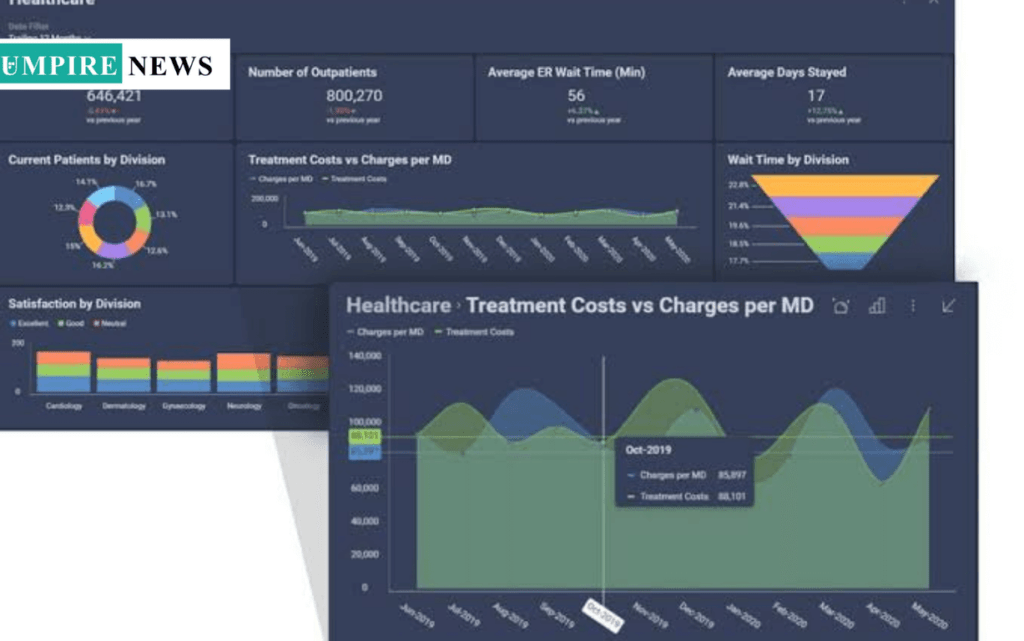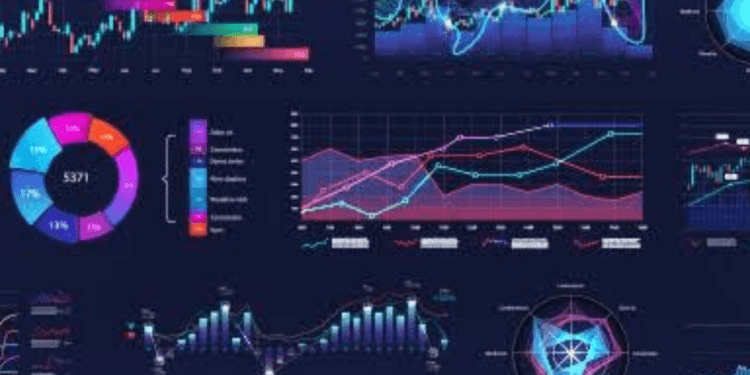In the ever-evolving field of data analytics, the ability to present information clearly and effectively has become a critical skill. Data visualization bridges raw numbers and actionable insights, transforming complex datasets into comprehensible visuals that inform decisions. Here are five key considerations every data professional should keep in mind when creating impactful visualizations:
1. Understanding the Data:
The foundation of any effective data visualization begins with a thorough understanding of the data itself. This process encompasses several stages: defining the business objective, preparing the data, cleaning it for accuracy, and analyzing it to uncover meaningful insights.
During these stages, analysts ask critical questions such as: What story does the data tell? Are there trends, frequencies, or comparisons that need to be highlighted? For example, a dataset may reveal shifts in customer behaviour over time or highlight categorical differences between product preferences. By grasping the nuances of the data, analysts can determine the most appropriate way to visually represent it, ensuring the visualization aligns with the broader business goal.
2. Knowing the Audience:
A successful visualization speaks directly to its audience. Before designing a chart or graph, it is essential to consider the audience’s needs, familiarity with the subject, and what they need to extract from the data. A technical audience, such as data scientists or engineers, may appreciate detailed visualizations with in-depth metrics, while executives or stakeholders often prefer concise visuals emphasising key takeaways.
Understanding the audience allows the creator to tailor the visualization to their expectations and preferences. This consideration not only enhances comprehension but also ensures the visualization effectively communicates the intended message.
3. Choosing the Right Chart:

Selecting the appropriate chart type is one of the most crucial decisions in the visualization process. The choice should align with the data’s purpose and the insights the analyst intends to convey.
Common chart types include:
•Line Charts for trends over time.
•Bar Charts for categorical comparisons.
•Pie Charts for proportions or distributions.
•Scatter Plots for relationships between variables.
The selection process should also adhere to the “five-second rule”: Can the audience grasp the key insight within five seconds of viewing the visualization? If the answer is no, the design likely needs refinement. Clear, effective, and engaging visuals help bridge the gap between data and understanding.
4. Applying Design Principles:
Effective data visualizations are as much about design as they are about data. One important design principle is the use of colour. A diverging colour palette can be employed to highlight contrasts, making key elements stand out while maintaining visual balance. For instance, positive and negative trends in financial data can be differentiated using contrasting colours such as green and red.
Another vital aspect is cultural conventions and audience expectations. For example, audiences in certain regions may interpret colours differently; red might signify danger in one culture and celebration in another. Aligning design choices with cultural contexts ensures the visualization resonates universally.
Lastly, simplicity in design cannot be overstated. Labels, gridlines, and annotations should be used sparingly to avoid cluttering the visual. Minimalism directs focus to the data itself, making the insights clearer and more impactful.
5. Simplicity Is Key:
While it may be tempting to include every detail, the best visualizations prioritize simplicity. Overloading a chart with excessive labels, colours, or decorative elements can make it difficult for the audience to decipher the key message. Instead, the goal should be to present data in a clean and focused manner.
For instance, instead of using a pie chart with too many slices, a bar chart may provide a clearer comparison. Similarly, combining multiple metrics into a single visual might create confusion, whereas separating them into distinct charts can enhance clarity.
Bringing It All Together:
Incorporating these five considerations helps create visualizations that are not only informative but also engaging and accessible. A successful data visualization tells a story, aligns with the audience’s needs, and adheres to design principles that enhance understanding. By focusing on understanding the data, tailoring visuals to the audience, choosing the right chart type, applying effective design principles, and keeping it simple, analysts can transform raw numbers into compelling narratives.
Data visualization is more than a technical skill; it is an art form that bridges the gap between data and decision-making. In a world where attention spans are short and data volumes are vast, creating clear and impactful visuals is a crucial ability. Whether one is presenting quarterly sales figures to executives or illustrating social trends for a public audience, the right visualization can make all the difference in communicating insights effectively.





































